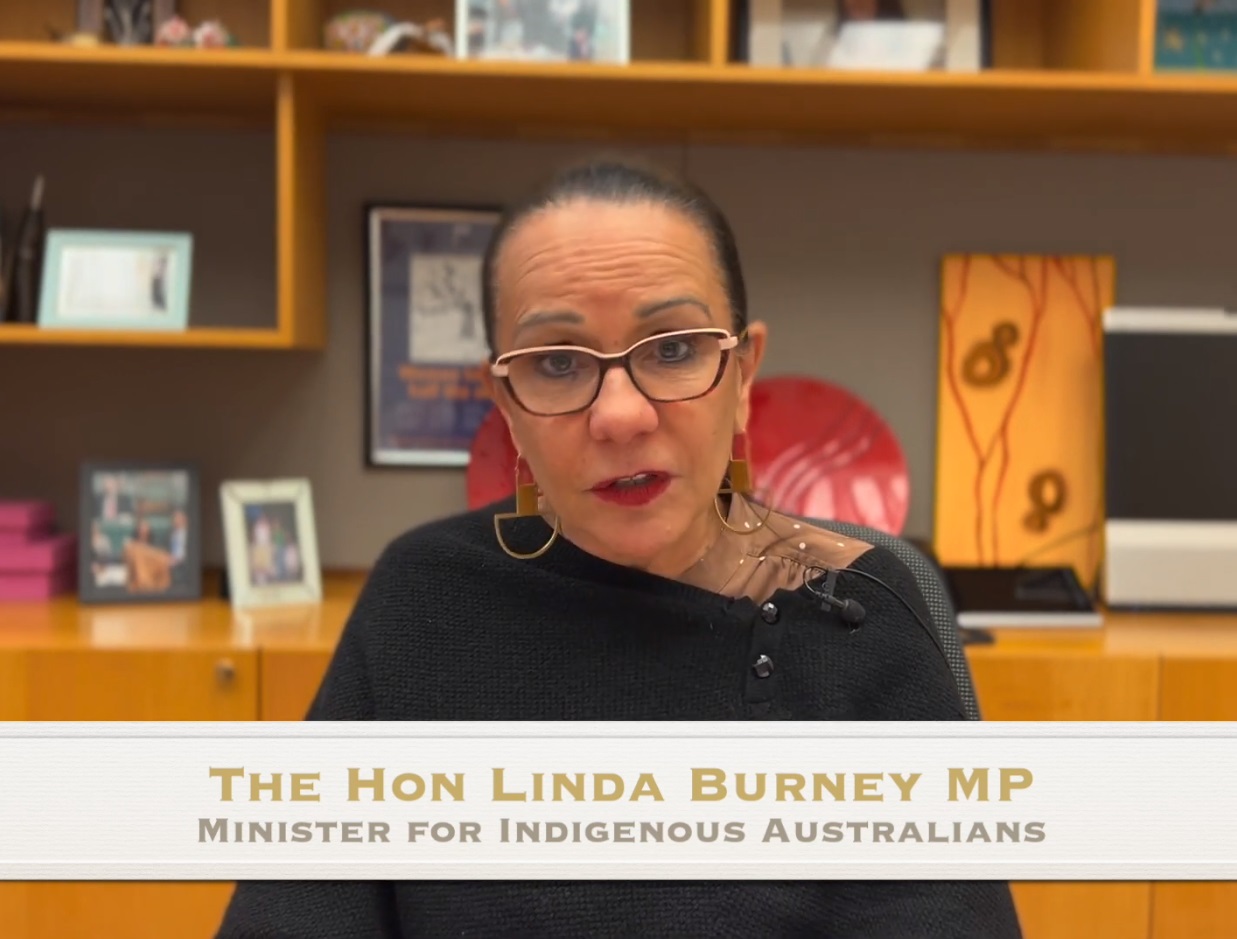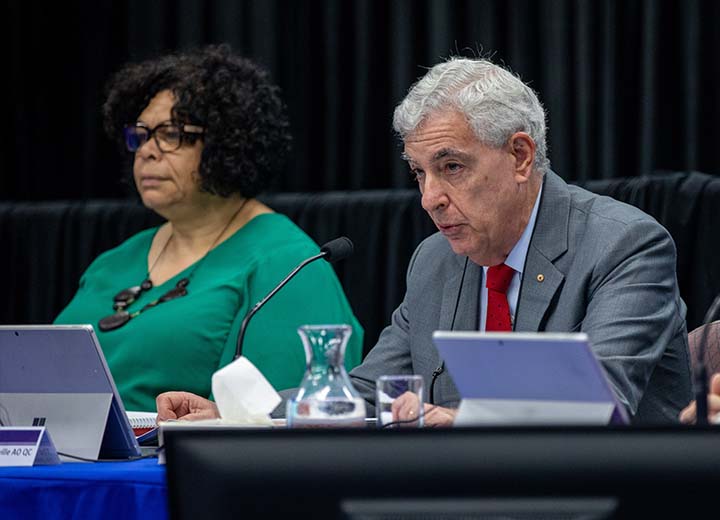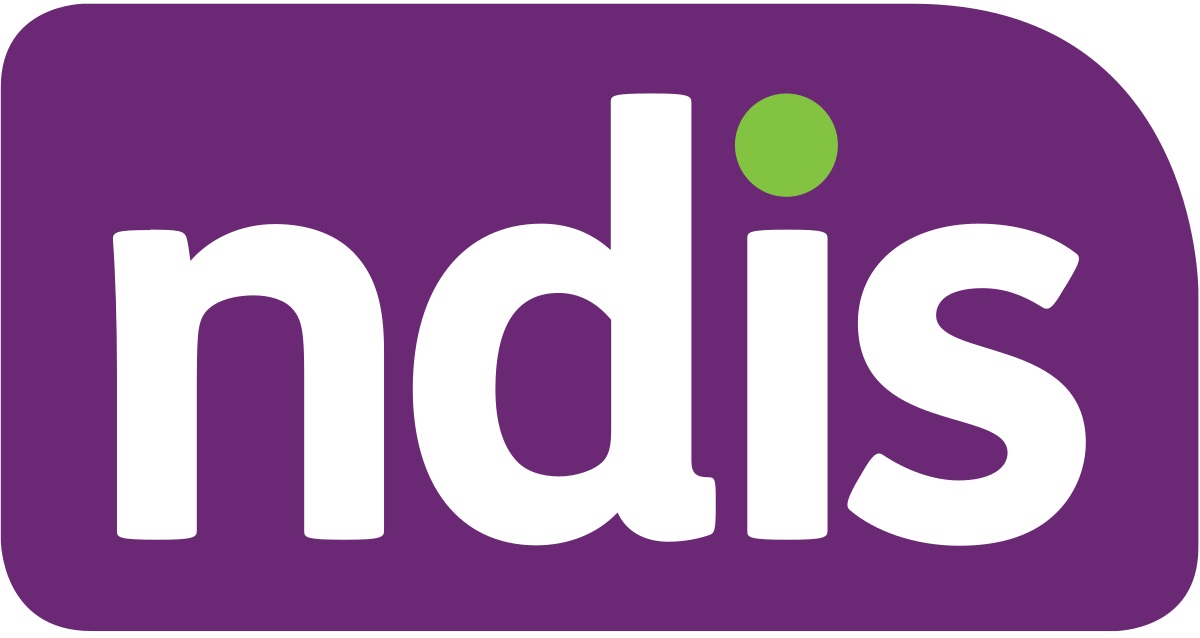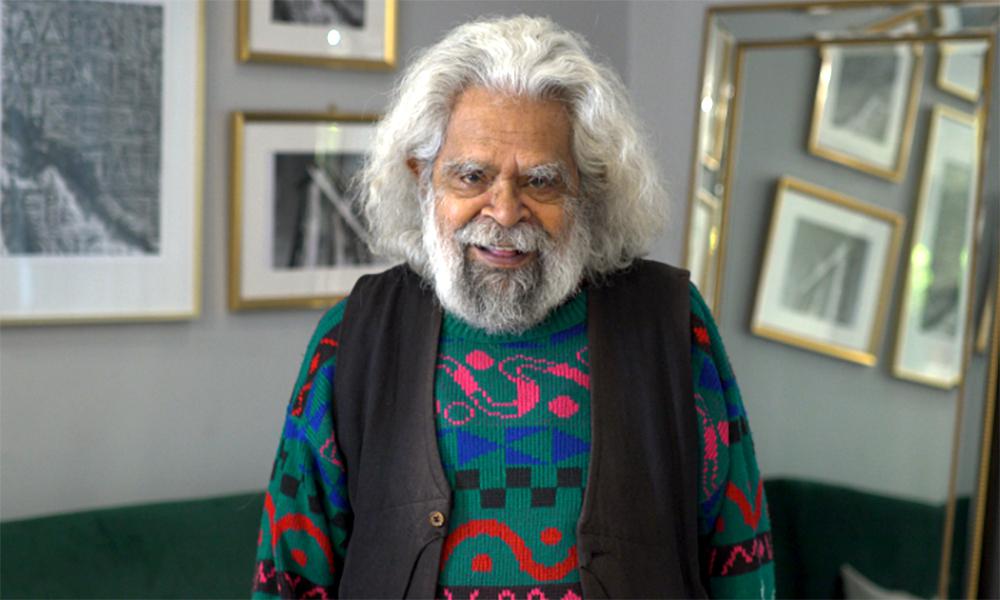The newly appointed minister for Indigenous Australians Linda Burney has pledged to reduce the Indigenous suicide rate by engaging with community leaders and improving funding to much-needed services.
First Nations adults die by suicide at twice the rate of other Australians, while children and teenagers the rate is four times as high.
In her first major speech about suicide as Minister, Ms Burney told a national webinar audience of mental health leaders, convened by the Centre for Best Practice in Aboriginal and Torres Strait Islander Suicide Prevention (CBPATSISP), “the statistics hurt”.
“It hurts all of us. These statistics hurt because they represent people in pain, people we know, families who need to put the pieces of their lives back together,” she said.
Ms Burney, a Wiradjuri woman described her own 2017 loss of her son to suicide, saying he was, “in his 30s and a beautiful young man who found this earth a very difficult and cruel place.”
She said suicides were connected to the context of Aboriginal and Torres Strait Islander people’s lives.
“Too many experiences poverty, trauma, marginalisation, and discrimination. We know we must make progress on all these fronts if we want to see the future First Nations people deserve,” Ms Burney said.
“As a Minister, I will never waiver in my determination to reduce suicide rates amongst First Nations people, as a citizen of this country, as a mother, as a human being I will never waiver in my determination to reduce suicide rates amongst First Nations people in this country.
The CBPATSISP webinar was convened to present the Manual of Resources for Aboriginal and Torres Strait Islander Suicide Prevention, an online hub containing more than 400 online resources and links for culturally responsive suicide prevention and social and emotional wellbeing support, to senior representatives of State and Territory health departments and Mental Health Commissions.
Minister Burney praised the Manual, saying it was, “so valuable to have a central repository of First Nations-led evidence-based information, targeted to both the needs of First Nations people as well as the communities.”





